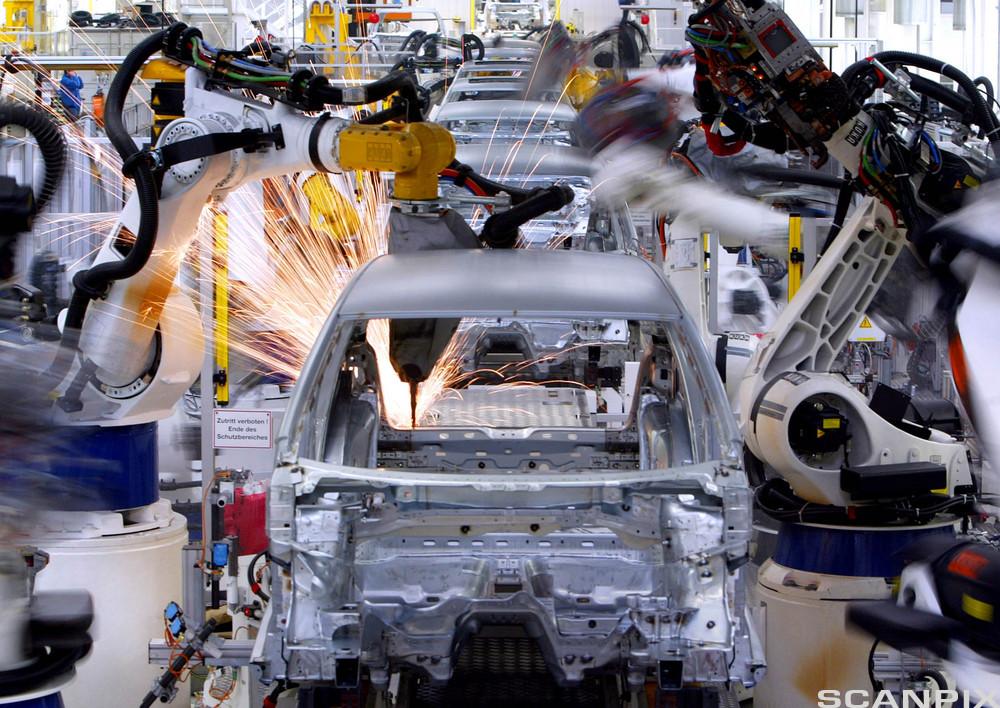Production Flow

To produce goods or services, we also need some basic factors. These are called factors of production, and they can be divided into three main parts:
- Labour: The work effort of the staff and the owners of the company.
- Real capital: production equipment (machines, tools) and materials used in production.
- Competence: professional expertise, knowledge and the products they produce, which enables the company to organize labor and real capital in the best possible way.
Production factors are used in the production process. In order to be successful a business, one must focus on three factors: quality, competence and service.
The production process is the organized, processed activities that occur inside the business, and that eventually becomes a product in the form of a product or service that customers want to buy.
Prior to the production of products and parts, it is important that we have made a plan for the production. This applies whether production takes place in a small business or a large industrial company. Planning provides the basis for the procurement of materials and parts, and for using tools and machines. This forms the basis for the pricing of the product (cost estimate).
With the value cycle of a business we mean the way a business converts inputs, capital, labor and goods to products, which in turn provides economic benefit.
It would be natural to start with what to produce, when the production flow is to be determined. The order of operation depends of course on the product being manufactured, and the order in which the production manager chooses to use. If a company is manufacturing only one product and plans to do so for a long period, it will usually be benefical to put great consideration in the order of operations and location of the production equipment, allowing the parts to flow naturally from operation to operation.
Many companies invest in fixed transportation facilities (runways, conveyors, etc.), which more or less automatically transfer parts from one operation to the next. Each machine or operating unit is operated by someone with specialized knowledge.
Some companies are based on producing one product at a time. As a rule, producing only one product at a time will need custom work. The planning often starts as one or more sketches of what to produce. If a sketch meet the expectations of the buyer, the contractor will then formulate a written quote.
A written quote is based on a calculation of the costs for materials, subcontracting, wages for work performed, profits and value added tax (VAT) . The offer should contain the time frame for the work to be performed, and what the buyer ultimately must pay. After an agreement is made, the work can begin and the contractor can prepare drawings and detailed descriptions.
Often the product will be designed by a designer who is in charge of elements such as form, color and materials. In some cases, the customer supplies highly detailed descriptions of the product. If a product is to be produced in larger numbers, and parts must be manufactured independently, it is necessary to describe each component in detail, as well as how the individual parts relate to each other in the finished product.
It is very important that the person who plans and draws the product, has knowledge about the manufacturing equipment with its possibilities and limitations. Of particular importance is the selection of the most marketable material dimensions, and that the selected assembly and processing methods correspond to the tools and equipment and knowledge in the company.